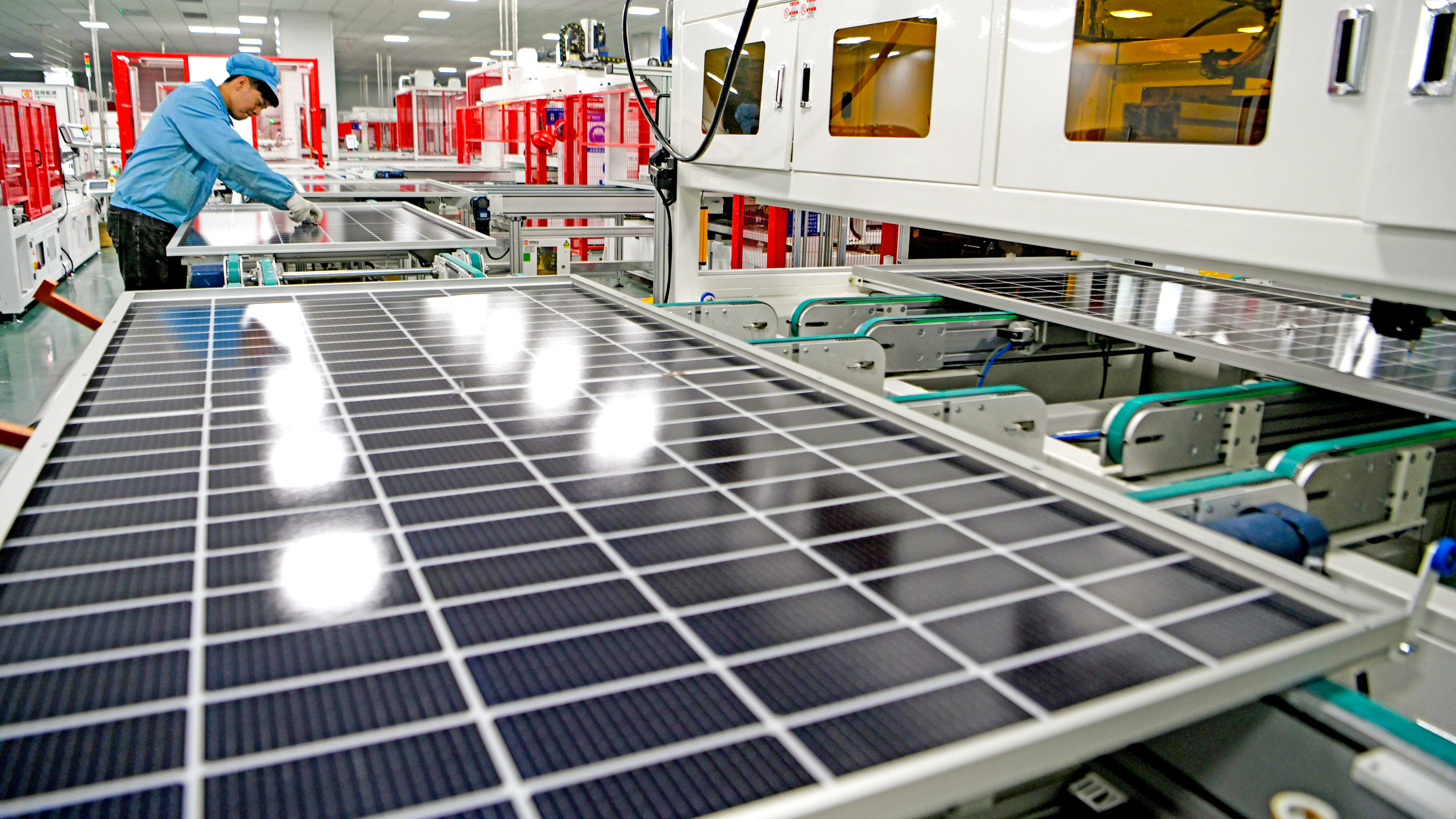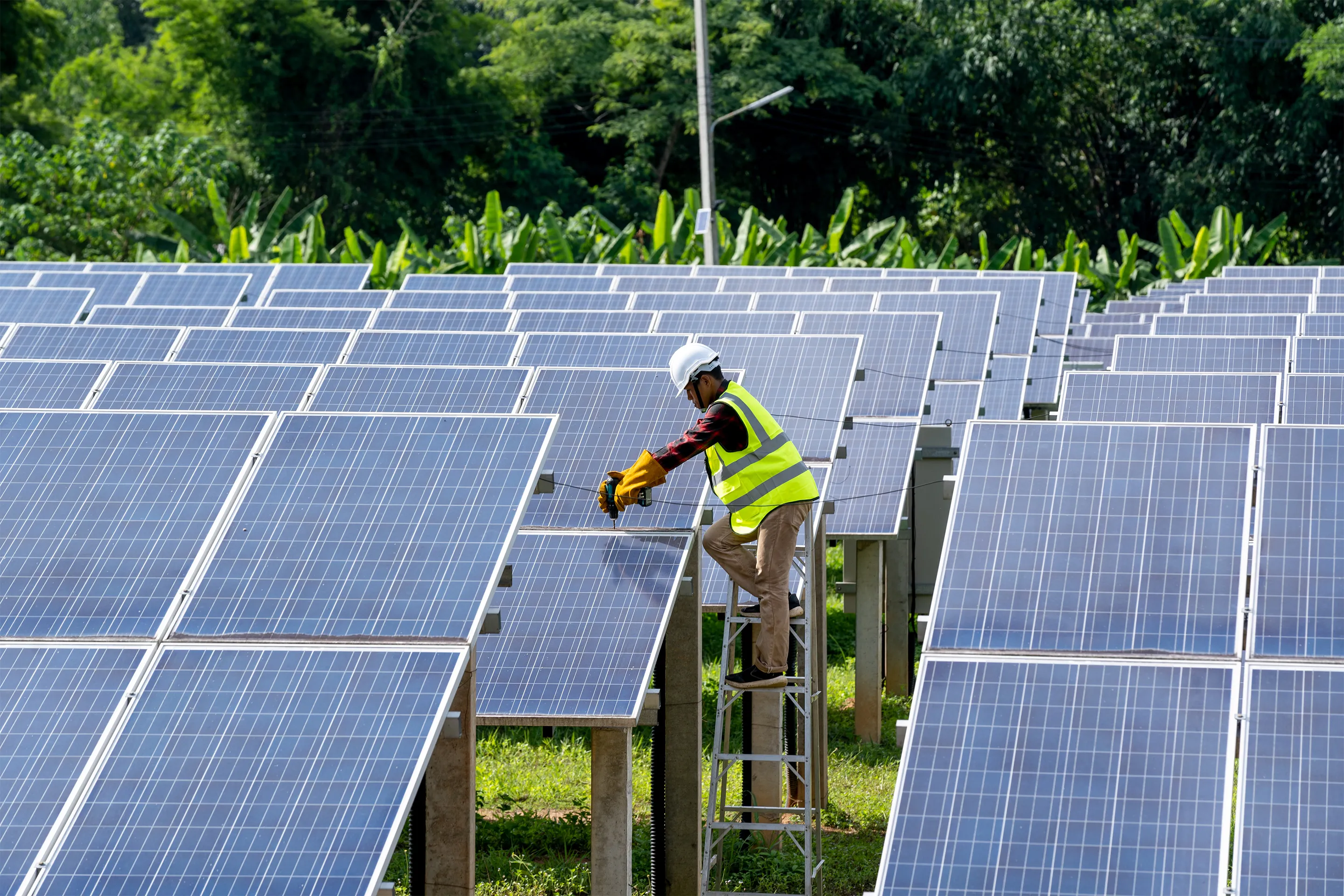A Biased View of Residential Solar Panels Virginia
A Biased View of Residential Solar Panels Virginia
Blog Article
Local Solar Companies Virginia: Lumina Solar Focuses On Supplying Advanced Photovoltaic Solutions For Homes And Businesses
History and Founding
Have you ever wondered how a photovoltaic panel business springs from a simple trigger of motivation into a powerhouse of renewable resource? It often starts with a vision-- one fueled by a mix of development, determination, and a pinch of serendipity. The journey of lots of solar companies mirrors the development of the technology itself: from bulky, inefficient panels to sleek, high-efficiency marvels utilizing the sun's bounty.
The Early Days
In the late 20th century, when solar energy was still a niche idea, pioneers planted seeds for what would become a global movement. Imagine a little workshop filled with curious engineers, relentlessly experimenting with solar batteries. Their enthusiasm was palpable, typically driven by a desire to combat environment change and lower reliance on nonrenewable fuel sources.
One such anecdote is about a creator who, influenced by an outdoor camping journey, realized that even in remote locations, the sun could power necessary devices. This easy observation triggered a company's mission to equalize access to clean energy.
Establishing Concepts

- Development: Continuously pushing the limits of solar technology to enhance performance and durability.
- Sustainability: Committing to environmentally friendly manufacturing and reducing carbon footprints.
- Accessibility: Making renewable resource options budget-friendly and useful for everyday users.
Turning points in Growth
| Year | Secret Event |
|---|---|
| 1985 | Company founded in a small garage, focusing on research study and advancement. |
| 1995 | Very first commercial solar panel item introduced, getting regional attention. |
| 2005 | Broadened to international markets, accepting worldwide sustainable energy objectives. |
| 2015 | Introduced cutting-edge solar panel technology with boosted energy conversion. |
Isn't it remarkable how these incremental actions, typically overlooked, shape the energy landscape today? The check here solar panel business story is not simply about innovation; it has to do with a ruthless quest for a brighter, cleaner future.

Developments in Photovoltaic Panel Technologies
Ever noticed how some photovoltaic panels gleam brighter and last longer? It's not magic; it's the science of photovoltaic efficiency. Modern photovoltaic panel business invest greatly in innovations like bifacial cells, which record sunlight from both sides, improving energy harvest without broadening roofing area. Have you ever wondered why some panels carry out better on cloudy days? That is because of advances in thin-film solar technology, which grows under diffused light conditions.
Item Variations Tailored to Distinct Needs
One size never fits all. Solar panel suppliers now offer:
- Monocrystalline panels for maximum efficiency and streamlined looks, suitable for space-constrained roofs.
- Polycrystalline panels, which offer a cost-efficient option without compromising too much output.
- Building-integrated photovoltaics (BIPV), combining solar tech seamlessly into architectural elements like windows and exteriors.
Picking the best item isn't simply about upfront cost; it has to do with matching your environment, energy objectives, and long-lasting savings. For example, homes shaded by trees need panels that master low-light circumstances, something lots of overlook till energy bills climb suddenly.
Technical Tips for Optimum Selection
- Evaluate the temperature level coefficient-- lower worths imply panels lose less efficiency on hot days.
- Look for panels with boosted anti-reflective finishings to make the most of light absorption.
- Consider the panel's service warranty not just for defects, but for ensured power output over decades.
- Do not undervalue the value of the inverter innovation coupled with the panels; it can make or break your system's performance.
Beyond Panels: Emerging Patterns
Think of solar panels that change their angle instantly to chase after the sun-- tracking systems are becoming more available, increasing yield considerably. Or solar tiles that mix undetectably into your roofline, changing your home into a quiet, self-dependent power generator. These developments are improving what a photovoltaic panel company offers-- not just products, however incorporated energy options.
Market Existence and Global Operations
Ever wonder why some solar panel companies appear to grow up in every corner of the globe while others barely make a ripple? The distinction lies not just in technology however in mastering the art of navigating diverse markets. Expanding internationally is like planting seeds in various environments-- you need to understand each environment's unique conditions to flourish.
Take, for example, the intricate dance of logistics and supply chain management. Shipping panels halfway across the world isn't almost distance; it has to do with timing, customs, tariffs, and adjusting to regional need changes. A company with robust international operations anticipates these variables, making sure panels show up on schedule without inflating expenses. This insight is no small feat and often separates industry leaders from fans.
Secret Strategies for Expanding Market Presence
- Localized manufacturing: Developing production centers near target audience decreases shipping hold-ups and import complexities.
- Strategic partnerships: Collaborating with regional companies accelerates market penetration and builds trust.
- Adaptive product style: Customizing photovoltaic panel tech to weather, sun strength, and facilities nuances improves efficiency and acceptance.
What about the human element? Solar panel companies running internationally must fix up cultural differences and regulative subtleties without forgeting their core mission. What works in a sun-drenched desert may fail in a humid seaside region. Often, the most ingenious solution is simply listening-- taking in regional insights to refine innovation and method.
Experts typically recommend a phased rollout rather than a shotgun expansion. Why run the risk of overextension when determined development builds sustainable momentum? Scaling sensibly indicates balancing aspiration with operational durability - Solar Panel Company. In the race for sustainable energy supremacy, persistence can be as valuable as speed.
Ecological Impact and Sustainability Practices
When photovoltaic panels first emerged, many assumed they brought absolutely no ecological luggage. The reality is more nuanced. The production of solar batteries includes unusual earth metals and energy-intensive processes, which can leave a sizable carbon footprint before the panels even reach rooftops. The true environmental cost depends greatly on the sustainability practices used by the photovoltaic panel business throughout the lifecycle of their items.
How frequently do we pause to consider what takes place to solar panels at the end of their beneficial life? Unlike batteries or electronics, photovoltaic panels can last 25-30 years, however disposal and recycling paths remain underdeveloped in lots of areas. A business devoted to decreasing ecological harm will have a robust plan for recycling photovoltaic products, restoring valuable silicon, glass, and metals to avoid garbage dump accumulation.
Secret Sustainability Strategies
- Making use of low-impact production techniques that reduce water and energy intake.
- Executing closed-loop systems to recycle production waste back into brand-new panels.
- Taking part in transparent supply chain audits to make sure ethical sourcing of raw materials.
- Designing panels for much easier disassembly to help future recycling efforts.
It deserves noting that some solar companies have pioneered ingenious approaches, such as integrating naturally degradable elements or utilizing less hazardous chemicals during fabrication. This not only minimizes ecological strain but likewise sets a precedent for the industry. The question stays: can the solar industry genuinely pivot towards a circular economy model without compromising efficiency or cost?
Specialist Tips for Assessing Sustainability
- Inquire about the business's dedication to carbon-neutral production and whether they offset emissions.
- Investigate if they partner with certified recycling facilities dedicated to photovoltaic panel waste.
- Search for openness reports detailing ecological impacts and sustainability objectives.
- Think about the longevity and guarantee of panels as an indirect measure of resource performance.
In the end, going with solar power ought to suggest more than just slashing electrical power bills; it's about supporting a future where energy is harvested responsibly and waste is thoughtfully handled. Solar panel business that accept this viewpoint not only light up homes but also cast a brighter light on sustainable innovation.
Report this page